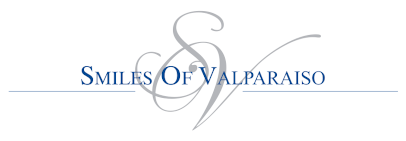Some Dental Insurance Plans Better than Others
 Question: “It seems like my dental insurance covers less and less every time I visit my dentist. Why is that?”
Question: “It seems like my dental insurance covers less and less every time I visit my dentist. Why is that?”
Answer: Dental insurance was originally introduced in the late 1960s. At that time, the average total annual benefit was about $1000. That allowed patients to have insurance pay for a lot of dental care each year. More than thirty years later, this maximum annual benefit hasn’t changed for many plans. Allowing for growth at the average rate of inflation, this annual benefit would have grown to about $7000 by 2006.

Unfortunately, while the annual benefit has not changed much over this period, dental expenses have increased substantially. This means that the average dental patient has to pay more money “out of pocket” each year for dental services. It is probably more accurate to refer to dental “insurance” as a “dental benefits plan.” While it is nice to have, it generally doesn’t provide the same benefit that it once did.
There are many different types of dental insurance plans, but the most common are: traditional (or “indemnity”) plans and managed care plans. Additionally, many employers are cutting out the “middle man” to provide greater benefits to their employees and savings to the company using Direct Reimbursement plans.
Traditional (indemnity) dental plans provide payment for services on a “fee-for-service” basis. Some procedures may be covered completely, while other procedures will be covered at different percentages. The level of coverage is usually determined in part by the amount paid in premiums by the patient’s employer. The patient is responsible for whatever portion is not covered by their plan.
With traditional plans, patients may choose any dentist they want to perform their dental care and receive the same benefit. Managed-care plans usually limit the benefit received if the patient selects an “out-of-network” provider.
Within the realm of managed care, the most common plans are DMO’s (capitation plans) and PPO’s. In my next column, I will discuss managed care and direct reimbursement plans in a little more detail.
